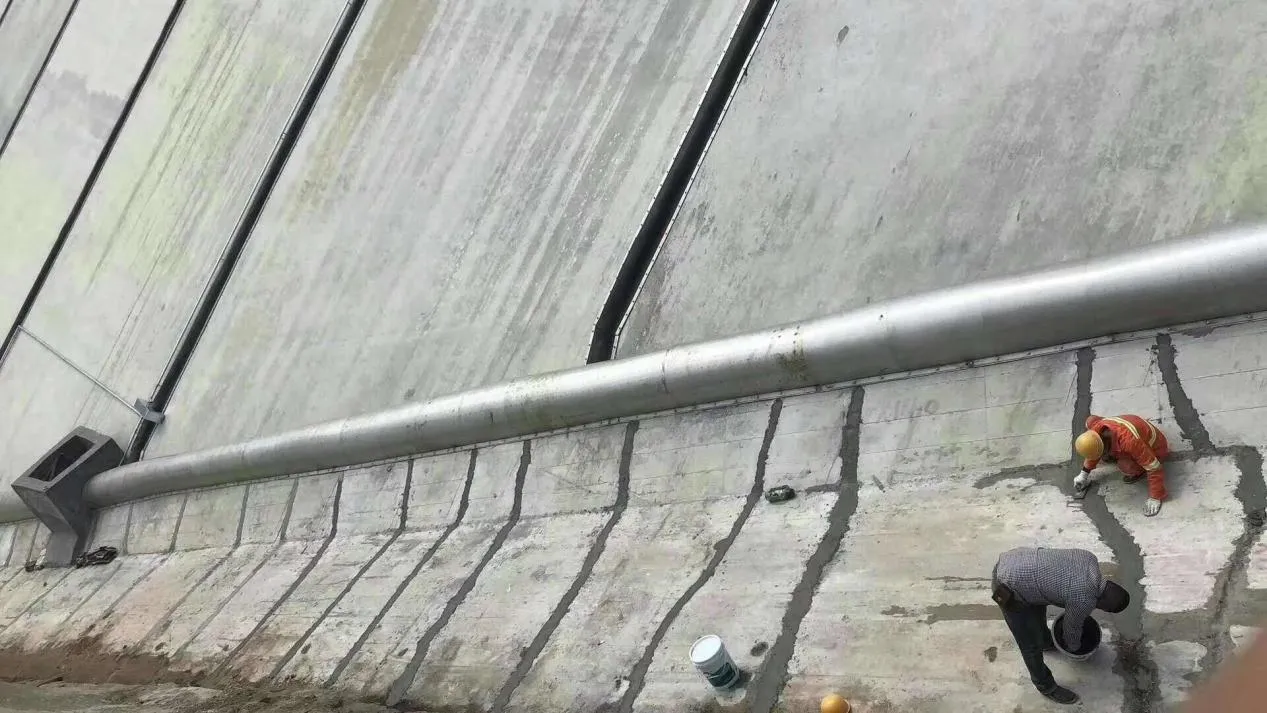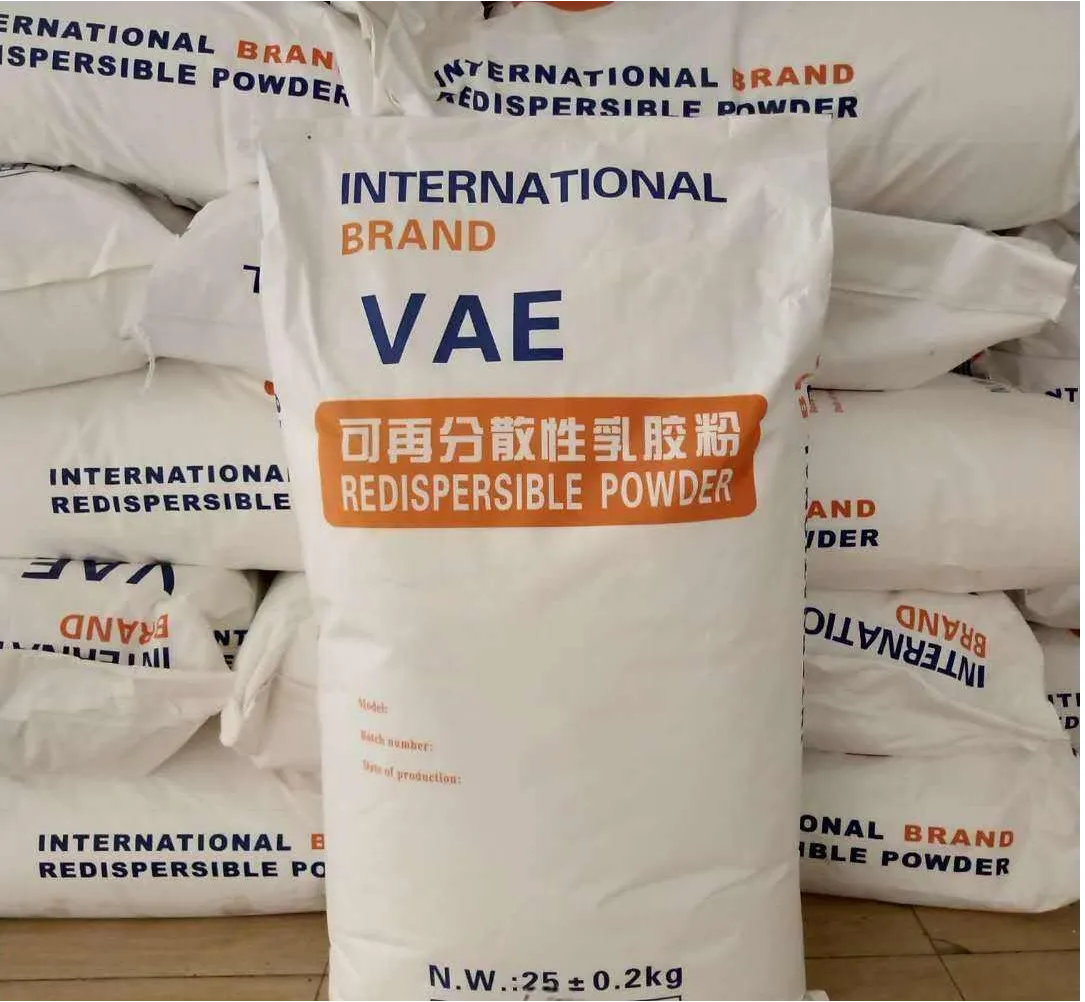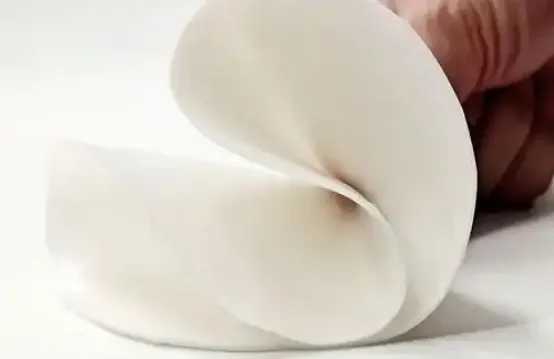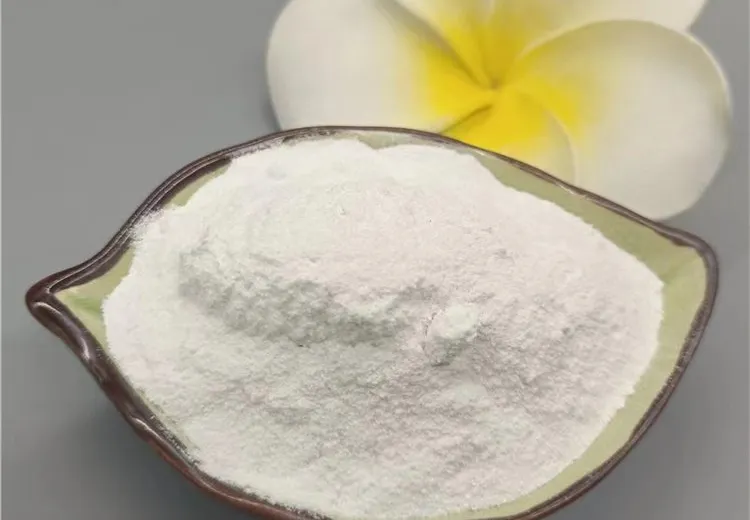
Redispersible Polymer Powder Types, Applications and Market Trends
Redispersible polymer powder (RDP) is a free-flowing, white powder obtained through the spray-drying of water-based polymer emulsions.

Understanding Redispersible Polymer Powder Types and Composition
Once redispersed in water, it forms a stable emulsion, retaining the original properties of the polymer. It plays an essential role in modifying cement- or gypsum-based dry mix mortars to improve flexibility, bonding strength, water resistance, and workability.
Hay varios redispersible polymer powder types, classified mainly by their chemical composition and application field:
Vinyl acetate-ethylene (VAE) – Most widely used type, offering a good balance of adhesion and flexibility
Acrylic-based RDPs – Excellent weather resistance and UV stability
Styrene-butadiene copolymers – Known for strong bonding and water resistance
Vinyl chloride copolymers – Used for abrasion-resistant or specialty coatings
In some literature and technical documentation, RDP is also referred to as dispersible polymer powder or redispersible emulsion powder, especially when emphasizing its origin from emulsified polymers.
The selection of the right RDP type depends on the performance required in the final application — from tile adhesives and EIFS systems to self-leveling floors and repair mortars.

Applications of Redispersible Polymer Powder in Modern Construction
The versatility of redispersible polymer powder allows it to be used in a wide range of dry mix construction applications. Below are the major applications of redispersible polymer powder:
Tile adhesives: Enhances adhesion strength and flexibility to prevent cracking
Exterior Insulation Finishing Systems (EIFS): Improves impact resistance and cohesion in thermal insulation
Wall putty and skim coats: Adds smoothness and improves bonding to substrates
Self-leveling floor compounds: Provides flexibility and anti-cracking properties
Waterproof mortars: Improves water resistance and elongation properties
Repair mortars: Enhances mechanical performance and durability of repair systems
Contractors and manufacturers often source their products from reliable redispersible polymer powder suppliers, ensuring consistency in performance and supply. Choosing the right supplier impacts not only product quality but also cost-effectiveness, especially when operating at scale.
Pricing also plays a key role. The redispersible polymer powder price is affected by raw material costs, regional production, packaging options, and logistics. Prices may vary significantly depending on whether the product is VAE-based or acrylic-based, and whether it is locally produced or imported.
Market Overview and Trade Aspects
Globally, the redispersible polymer powder market share is growing steadily. This growth is driven by booming construction activities in emerging economies, increasing demand for energy-efficient materials, and a surge in renovation projects across residential and commercial sectors.
Asia-Pacific, particularly China and India, dominates the redispersible polymer powder market share, followed by Europe and North America. In recent years, Middle Eastern and African countries have also increased consumption due to infrastructure development.
For businesses involved in import and export, knowing the correct redispersible polymer powder HS code is essential. Typically, HS Code 390529 is used — which refers to vinyl acetate copolymers in primary form. However, depending on the specific polymer type and local customs classification, this may vary slightly.
As demand increases, global redispersible polymer powder suppliers are enhancing their R&D efforts to develop eco-friendly and high-performance products. Key international suppliers include Wacker (Germany), VINAVIL (Italy), Dairen (Taiwan), and various reputable manufacturers from China.
Frequently Asked Questions (FAQs) about Redispersible Polymer Powder
1. What are the different redispersible polymer powder types and their uses?
The major redispersible polymer powder types include VAE, acrylic, styrene-butadiene, and vinyl chloride-based powders. Each offers unique properties like flexibility, water resistance, or abrasion resistance, suitable for tile adhesives, EIFS, or repair mortars.
2. What is redispersible emulsion powder, and how is it different from RDP?
Redispersible emulsion powder is another term for RDP, highlighting its production process — drying liquid emulsions into powder form. Functionally, both refer to the same additive used in dry-mix mortars.
3. What is the standard redispersible polymer powder HS code for international shipping?
The commonly accepted redispersible polymer powder HS code is 390529, used globally for vinyl acetate-based copolymers. However, depending on polymer type and regional customs, exact classifications may differ.
4. What factors influence redispersible polymer powder price?
The redispersible polymer powder price is affected by raw material availability (e.g., VAM for VAE), production location, packaging form (paper bags, jumbo bags), and shipping costs. Custom grades with special performance also cost more.
5. Where can I find reliable redispersible polymer powder suppliers?
Reliable redispersible polymer powder suppliers can be found globally. For consistent quality, technical support, and competitive pricing, companies often work with well-known brands like Wacker or certified Chinese suppliers with international trade experience.
-
Hydroxypropyl Starch as a Sustainable Construction AdditiveNewsNov.24,2025
-
The Gelation Properties of CMCNewsNov.21,2025
-
Redispersible Latex Powder and Water Retention CapacityNewsNov.21,2025
-
Dosage Control for Polycarboxylate Water ReducerNewsNov.21,2025
-
Film-Forming Properties of Polyvinyl AlcoholNewsNov.21,2025
-
The Function of Gypsum Additives in MortarNewsNov.21,2025

Redispersible Polymer Powder: Types, Applications, And Market Trends
Redispersible polymer powder (RDP) is an essential additive used in construction materials, adhesives, and coatings. It enhances flexibility, adhesion, and durability in cement-based formulations, making it a key ingredient in high-performance building materials. Understanding different redispersible polymer powder types and their applications can help manufacturers and builders optimize their products for superior performance.

Types and Applications of Redispersible Polymer Powder
There are several redispersible polymer powder types, each offering specific properties suited for different applications. The most commonly used variant is VAE RDP (vinyl acetate-ethylene), known for its excellent flexibility, water resistance, and adhesion strength. VAE-based RDP is widely used in tile adhesives, self-leveling compounds, and cement mortars, ensuring strong bonding and improved workability.
Another popular type is acrylic-based dispersible polymer powder, which provides enhanced resistance to chemicals and weather conditions. This type is often used in exterior wall coatings and waterproofing applications. Additionally, styrene-butadiene RDP offers high elasticity and impact resistance, making it suitable for flooring and repair mortars.

Market Demand and Pricing Factors
The availability of RDP varies depending on regional demand and supply. Buyers looking for reliable redispersible latex powder suppliers should consider factors such as product quality, consistency, and adherence to industry standards. Leading manufacturers ensure that their RDP formulations meet the required performance specifications for construction and industrial applications.
One of the key considerations for buyers is the RDP powder price, which can fluctuate based on raw material costs, production methods, and market demand. High-quality RDP powders, especially those with superior adhesion and flexibility, tend to be priced higher due to their enhanced performance. However, sourcing from reputable suppliers ensures cost-effective solutions without compromising on quality.
As the construction industry continues to evolve, the demand for RDP powder remains strong. Its versatility and effectiveness in improving the durability of cement-based materials make it an essential component in modern building applications. With a range of redispersible polymer powder types available, industries can choose the right formulation to enhance their products and meet performance expectations.
-
Hydroxypropyl Starch as a Sustainable Construction AdditiveNewsNov.24,2025
-
The Gelation Properties of CMCNewsNov.21,2025
-
Redispersible Latex Powder and Water Retention CapacityNewsNov.21,2025
-
Dosage Control for Polycarboxylate Water ReducerNewsNov.21,2025
-
Film-Forming Properties of Polyvinyl AlcoholNewsNov.21,2025
-
The Function of Gypsum Additives in MortarNewsNov.21,2025





















